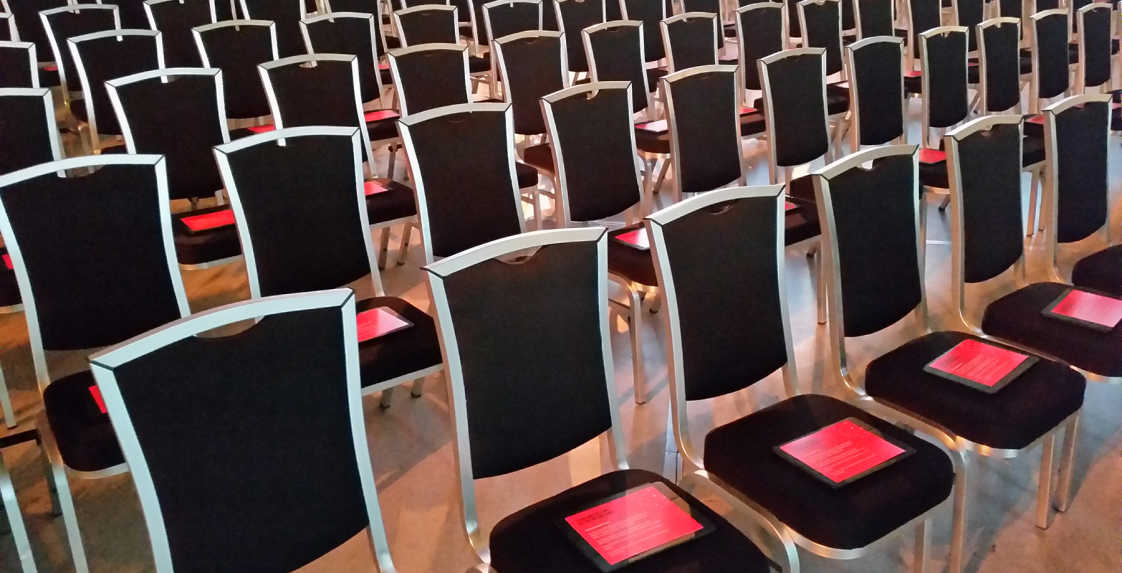A mobile experience for conferences that replaces the tedious use of papers and folders (delegate packs) and configurable to present live and static information like the agenda, speaker information, and voting results, and offers various ways for guests to interact with the speaker and each other.
This is the first version of the Digital Delegate Pack for Events built to utilise the full potential of the Apple iPad. The iPad version requires a custom native application to run.
Key Features
- Offline storage
- Data visualisation
- Multi-touch experiences
- Usage statistics
- Content synchronisation
- Template structure for developers
- Memory and network optimisation
Modules
Most features were carried over to the latest version, but the following are either different, or haven’t been ported yet:
Conception
The whole thing started with the idea of streaming powerpoint presentations to multiple iPads at once. A prototype was built, then a client immediately was sold the idea of not only have iPads as an extension of the big screen at a conference, but also to replace all papers, like event programme and speaker lists.
Creating software with flexible and easily brandable layouts is still (in 2016) a hassle with native code, so we decided on a native Objective-C with UIWebViews into web interfaces. Full-native developers are expensive, and would only be needed once, in theory, but branding the app would be needed for every following client. We could not abandon a native wrapper completetly - a true native application has access to the file-system of the device for proper file-caching, and also to view documents like PDFs without having to leave the app.
Running inside a tabbed Objective-C application, each tab was essentially its own web app with shared javascript libraries and localstorage.
Skeumorphism
The app suite was created when iOS 5 was a thing, and iOS 6 only built apon it. Flat design wasn't a thing, and I, personally, prefer skeumorphic design because of the tangibleness (my own word). The software you are using feels more 'personal'. The problem is, how many know what a 'filofax' is today?

